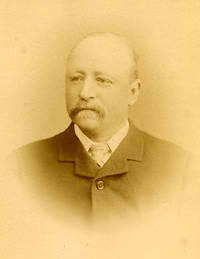
Richard Henry Brunton 1841-1901
Scottish
Civil engineer, railway engineer, foreign advisor to Japan in Meiji Era.
Known for Lighthouses
(photo from Wikipedia)
Brunton was born in Scotland. In his early life, he received training as
a railway engineer. Later he joined the Stevenson brothers who were engaged
by the British government to build lighthouses.
His company sent this young Brunton to Japan in 1868, to head the projects
of lighthouse building.
At that time, Japan had opened its doors to foreign countries after 300
years' seclusion.
It was the foreign countries that needed lighthouses on the coastline of Japan.
Over the next seven years and a half, he built 26 Japanese lighthouses
in the western style.
These lighthouses, from Hokkaido to Kagoshima, were called Brunton's children,
and Richard Henry Brunton is "Father of Japanese Lighthouses"
|
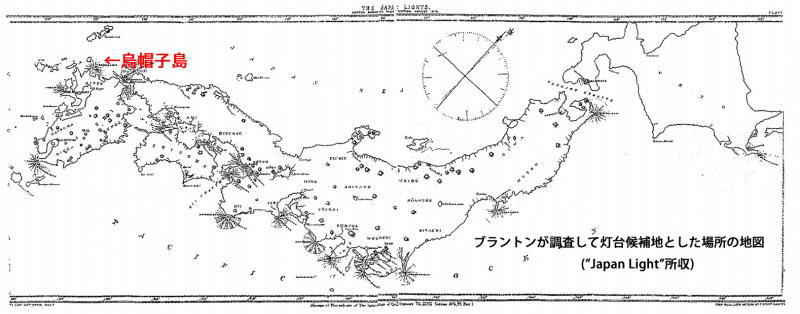 The map which Brunton used to select the places of lighthouse constructions. The map which Brunton used to select the places of lighthouse constructions.
The red letter on the map is Eboshi Island
|
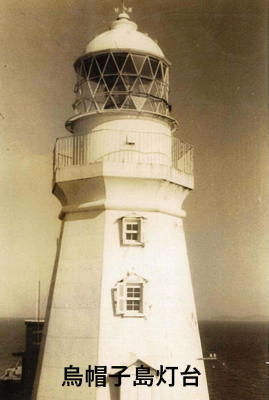
The light house on Eboshi Island
|
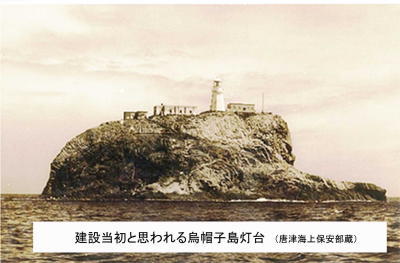
Eboshi Lighthouse at the time of construction.
|
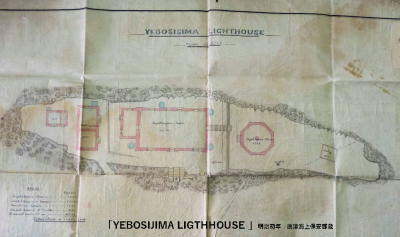
Brunton's Design drawing of Eboshi Lighthouse.
|
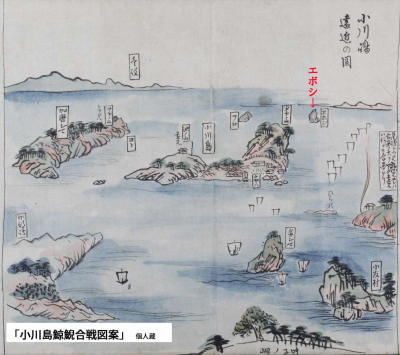
Old map of the sea of Karatsu.
The red mark is the Eboshi Island.
|
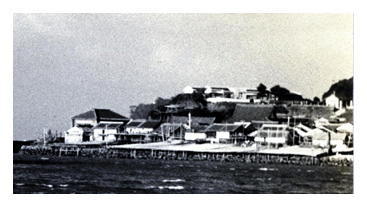
On the hill of Yobuko in Karatsu City, there was an official residence
of the lighthouse keepers.
Now, the light is kept automatically, and only once in a while
the Maritime Safety Agency officials go there to check the condition.
|
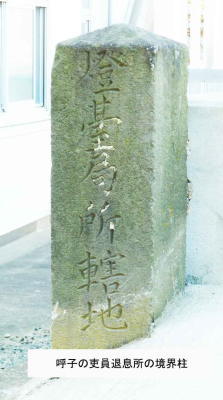
This stone shows the residence boundary.
|
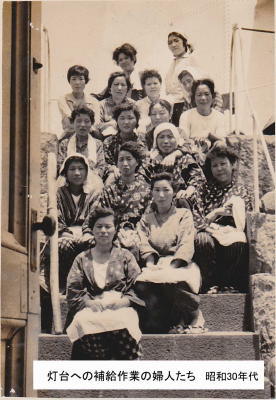
These women in the village of Yobuko supported the supply for the lighthouse.
Light keepers went to and from Eboshi Island by rowing boats every ten
days.
This sea is famous for its high waves and strong winds.
|
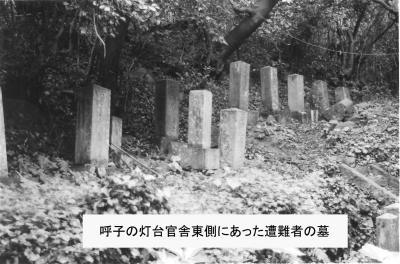
Tombs of the people who sacrificed themselves in keeping the light in storms.
|
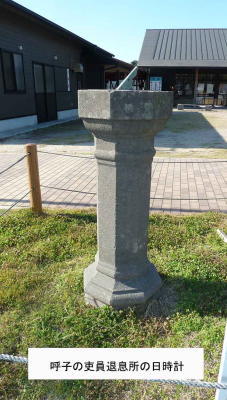
A gnomon which was at the residence.
|
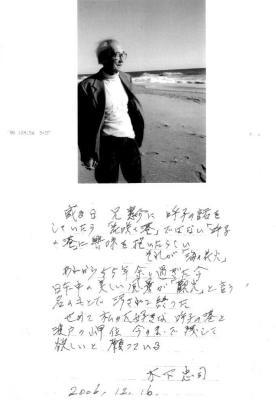
This gentleman is Mr. Chuji Kinoshita, a composer who made many movie musics
and who advised his elder brother Mr. Keisuke Kinoshita,
a famous movie director, to make a film about the story of lighthouse keepers.
It was a great hit about 60 years ago.
Chuji Kinoshita once lived in Yobuko, and loved this sea and the lighthouse.
He is still alive, 100 years old.
|
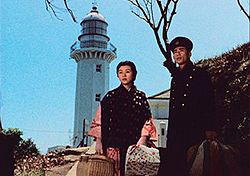
Mr. Kinoshita's movie was loved by Japanese people so much,
and so was the theme song of this movie,
composed by the younger brother Chuji Kinoshita.
"Yorokobi mo kanashimi mo iku toshitsuki"
meaning "The days of joys and sorrows"
I still remember the movie quite well. Can I see it again?
|
When my husband and I went to Scotland some years ago, our train crossed
the Forth Railway Bridge.
Then I was told that this bridge was constructed by a young Japanese engineer,
Kaichi Watanabe more than 100 years ago.
Watanabe was called "Father of Japanese Civil Engineering" later
Kaichi Watanabe and Richard Henry Brunton were living in the same time
of history.
Thus histories cross over sometimes.
I wish I could visit Eboshi Lighthouse in person, but is might be impossible.
Eboshi Island is an isolated rock, where no trees, no grass are growing.
The steep cliffs, I can not go up.
Eboshi Island is seen from Karatsu on fine days.
Looking at the far lighthouse, Harumi Okochi of Yoyokaku wishes you
bright days and safe nights.
|
|
|

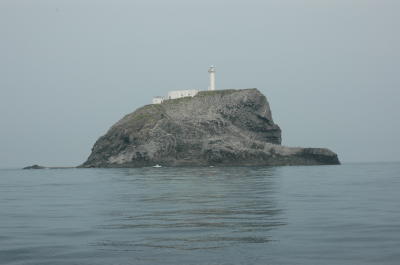

 The map which Brunton used to select the places of lighthouse constructions.
The map which Brunton used to select the places of lighthouse constructions.









